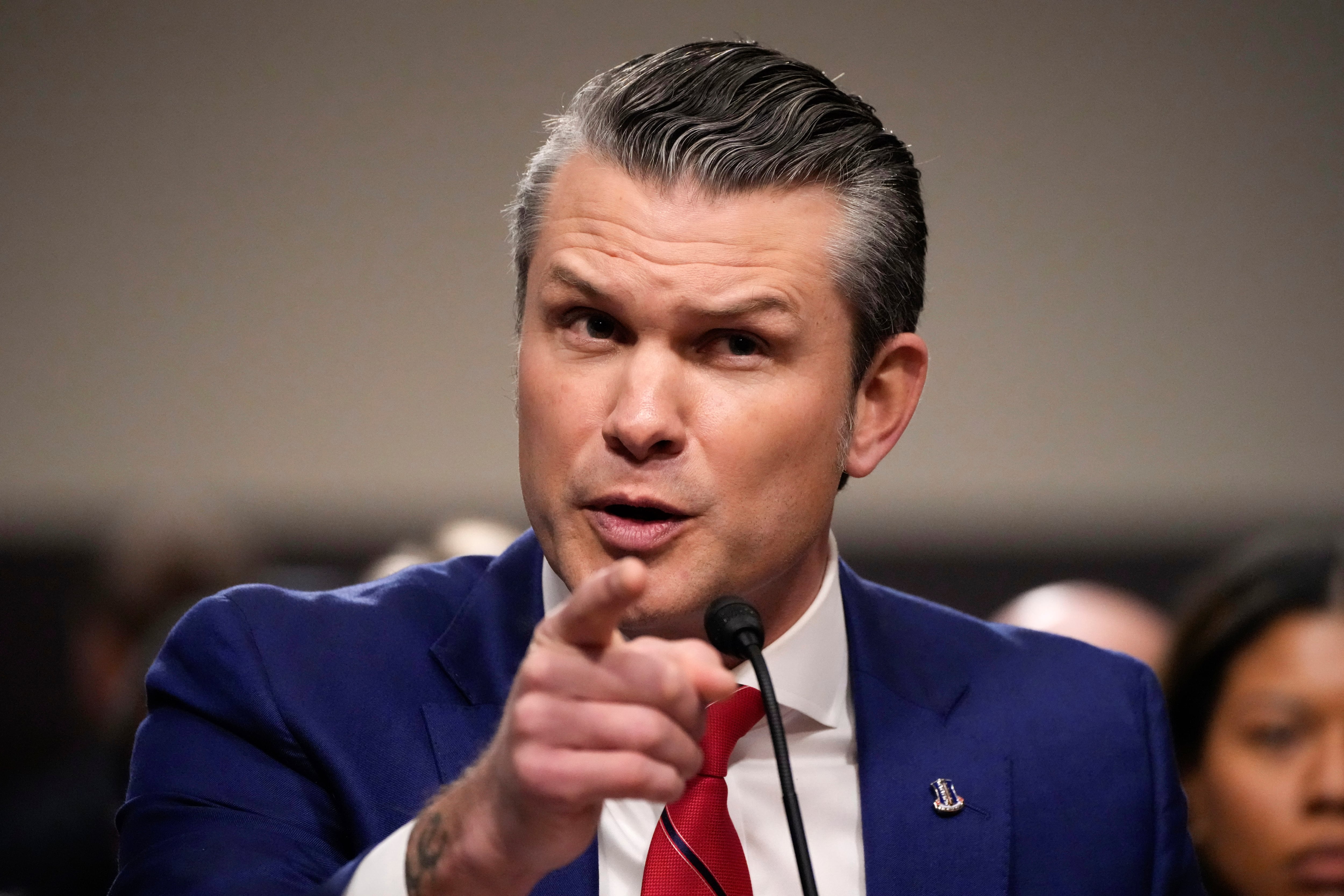JUNEAU, Alaska — A new program to deliver health care to veterans across the nation has jeopardized a system it used for a model, triggering outrage from Alaska's U.S. senators and frustration from vets.
Alaska's network, built of necessity in a massive state where many communities are accessible only by plane or boat, allowed veterans to receive care closer to home, regardless of whether the facilities were run by the U.S. Department of Veterans Affairs. It meant veterans no longer had to travel to cities such as Anchorage — or even Seattle — for treatment at VA facilities and didn't have to endure the long wait times that veterans in other parts of the country experienced.
In the face of a national scandal over long wait times and falsified records at VA facilities, members of Congress took note of Alaska's approach in passing the Choice Act. The law called for creation of a temporary program that allows veterans across the nation to seek treatment at clinics and hospitals outside of the VA system if they face waits of more than 30 days or live more than 40 miles away from a VA facility.
But the Alaska program was temporarily put on hold as VA attempted to implement the Choice Program, drawing criticism from U.S. Sens. Lisa Murkowski and Dan Sullivan as some veterans said it created complications.
Sullivan, a Marine Corps reservist, called for a congressional hearing to deal with what he called a "rapidly emerging crisis of care for Alaska's veterans."
Navy veteran Don Roberts, who lives in Kodiak, said the Choice Program has left him frustrated. He had made an August appointment for knee surgery, but was told by VA that he had to go through the third-party administrator helping coordinate care through the Choice Program, essentially making him his own case manager.
"How many veterans' lives are going to be screwed over because this was not planned well, it wasn't implemented well?" he asked.
The Alaska system has relied heavily on partnerships between VA and tribal health centers. Under the program veterans could see doctors without having to travel to the nearest VA facility.
Concerns with the Choice Program include a limited number of participating doctors and low reimbursement rates.
Murkowski, in hearings with VA officials, had sought assurances the state's existing arrangements would not be eroded by the Choice Program. She laid out her concerns with the situation that has emerged in a letter to VA Secretary Bob McDonald last month. Her office said in an email to The Associated Press that the senator had been skeptical about the Choice Act, but supported it "after gaining assurances that its passage would not interfere with Alaska's successful model of care."
Sullivan, meanwhile, this week requested the Senate Veterans Affairs committee hold an oversight hearing. "Put succinctly: The VA Choice Program in Alaska has created chaos and has resulted in a rapidly emerging crisis of care for Alaska's veterans."
The VA has responded by agreeing to work with Alaska officials to fund the state-level partnerships with Department of Defense and tribal health facilities at least through the end of September.
Shawn Bransky, interim associate director with the Alaska Veterans Health Care System, said the VA has no interest in ending the partnerships established in recent years under Alaska's care program. He said VA officials intend to continue the state program in the next budget year, which begins Oct. 1, but it's not clear how much funding the agency will have to do that.
Bransky said there has been a push to increase the number of Alaska facilities involved in the Choice Program and that it can be successful in the state. "The important thing for us is to make sure, beyond anything else, of course, that the veteran is taken care of," he said.
Roberts, of Kodiak, thinks the VA will eventually sort the problem. "But what's going to happen in the meantime?" he asked.





